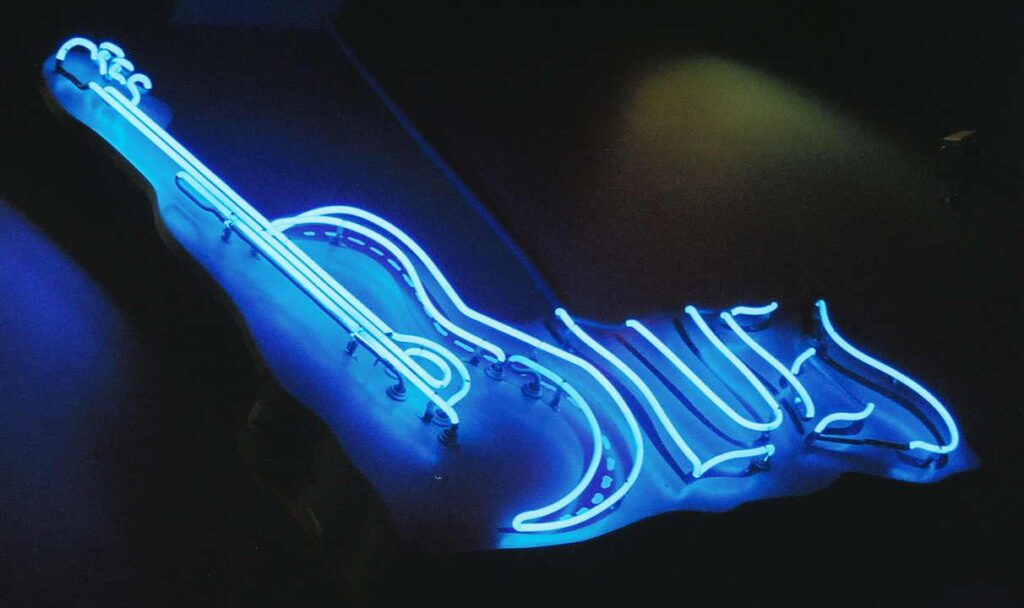The blues was incepted out of the negro experience, birthed based on an innovative time for black people, starting from the stirrings of ragtime and jazz, which happened to coincide with developments of Black literature, theatre, and arts, as well as an emerging interest in politics and religion. However, this creativity burst in the black community was threatened to be halted by White resistance in the form of Jim Crow laws, laws that limited African American freedoms and rights in the US society, institutionalized racial segregation and purposely disenfranchise black people. Thus the resistance towards African-Americans ended any thoughts of attaining the American Dream.
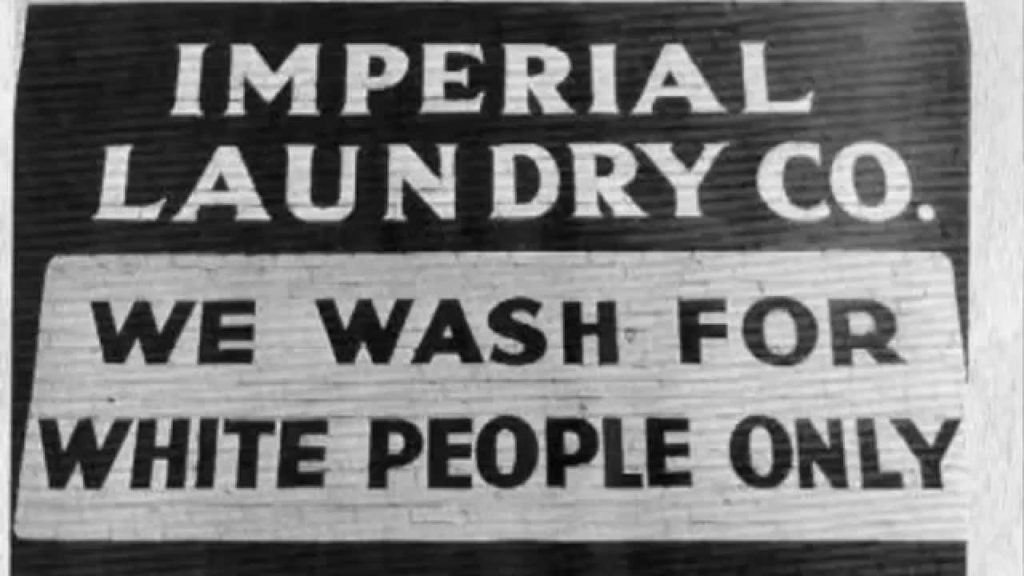
The erosion of what their ancestors had fought for, their hard-won freedoms destined to be unjustly taken away, created a new response to how dire the racial situation in America truly was. Perhaps this is why the blues appealed so much to the youth. Having seen the fight their parents fought and now unable to do anything the blues seems like a perfect name for the genre. But the blues were much more than sadness. In fact, their sadness had turned to stoicism, and an emphasis was redirected back to the black experience.
Origins of the Blues
The blues began around the same time as negro spirituals, coming out of the Mississippi Delta (Deep South). This was ironic, as the Delta had fertile ground, the Delta was also very fertile in creating new blues artists. However, negro spirituals were a sacred form of music, while blues was presented as more secular. Several tools were used as instrumentation for the blues, such as washboards, and empty cans and bottles.

Deriving from folk-like instrumentation, the blues was used as a means for African-Americans to talk about their experience in America, and sung what people did not want to hear. This was made evident by the commodification of the blues, as white people started to become more interested in the genre and the 1960s, they “caught the blues.” Recording companies and artists converted the blues from a black soulful experience to a popularized dance-themed genre, hoping to attain money. The commodification of the blues eventually led to the creation of race records.

Race records were used to categorize virtually all types of African-American music and marketed (at first) towards black Americans. Before the 1940s, race records were played in primarily African-American venues (segregated). However, the commercialization of race records was incepted with Mamie Smith, with the release of “Crazy Blues.”
Characteristics and Initial Reaction of the Blues
The blues, particularly its lyrical content, were uncharted territory. Though this was not a sudden occurrence, it seemed that unexpectedly, black people were sharing their hardships and how they felt, and their emotions, as well as their songs, were gaining popularity. Some people, mainly black people, did not want this, as to them some things should be kept quiet, and their hardships were one of those things. However, there were some who believed that the music uplifted black culture by shedding light onto their problems and the suffering they have faced.
Some defining characteristics made it easier for the audience to latch on to artists music. These include:
Riffs

Riffs are short melodic-rhythmic phrases. They extend the instrumental response to vocal lines and usually are the identifying marker for a piece. With mainstream blues, the riffs are usually the part of the song that becomes very popular and is often given special notice and attention.
Bend
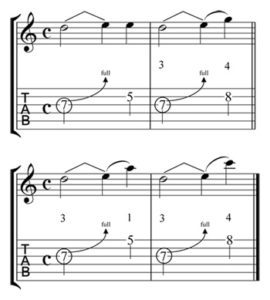
A bend is an instrumental technique that is used to slightly raise or lower a pitch. Instead of having a fixed note, the notes of the particular piece can vary to the artists’ preference. This improvisation brought blues to the forefront.
Notable Artists
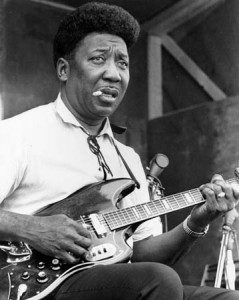
Muddy Waters
McKinley Morganfield, known as Muddy Waters (April 4, 1913 – April 30, 1983) was a blues singer cited of being the “father of modern Chicago blues,” despite being born in Mississippi. Waters and his band recorded many classics, including “I Just Want to Make Love to You,” and “Hoochie Coochie Man.” After his death, the city of Chicago delegated a section near his former road “Honorary Muddy Waters Drive.”
B.B. King
Riley B. King, known popularly as B.B. King (September 16, 1925 – May 14, 2015) is a blues artist, electric guitarist, and songwriter who is considered to be “The King of Blues.” He was particularly known to play anywhere and everywhere, even in his 70s playing around 200 concerts. Songs, such as “You Know I Love You” and “Every Day I Have the Blues” are just a sample of his many hits, making him one of the most profitable names and most influential.
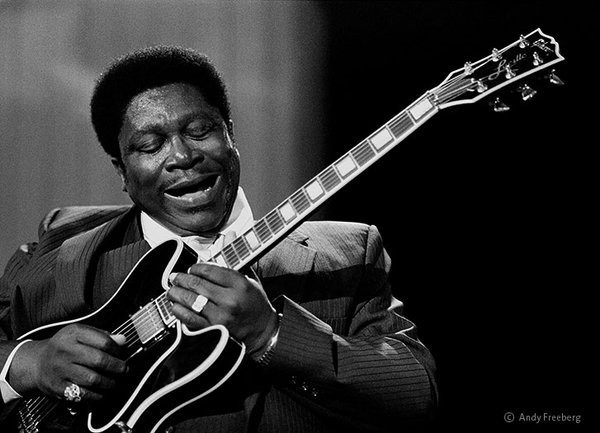

Howlin' Wolf
Howlin’ Wolf, known formally as Chester Arthur Burnett (June 10, 1910 – January 10, 1976) was a blues singer, guitarist, and harmonica player who had an unmatched singing ability according to critics. Songs such as “Killing Floor” and “Spoonful” have becomes integrated into blues-rock culture and Howlin’ Wolf has become one of the best-known blues artists of this century. He is listed in Rolling Stone’s Magazine “100 Greatest Artists of All Time,” coming in at number 54.
Legacy
Blues music is credited to be an anchor to many styles of music, most notably jazz, particular bebop, but its influences include, but are not limited to western swing, contemporary country, and rock and roll. In fact, many black performers, such as Fats Domino and Bo Diddley, made significant contributions to rock n roll, that was largely based on the composition of blues. Blues and its instrumentation, particularly the guitar, made a comeback in the 1990s. With the increase in popularity in sampling, many blues riffs have been used.

The tonal flexibility, as well as its improvisational performance style, brought a new period of music that sought to incorporate the new elements carried by blues. In my opinion, blues is definitely one of the most influential music in the twentieth century. Its quality and focus on the hardships was a musical and lyrical style of formerly uncrossed territory, and I am glad there are musicians who are still incorporating blues in their music and bringing it to a new era.
Sources
https://www.musical-u.com/learn/blues-music/
https://blogs.loc.gov/folklife/2017/02/birth-of-blues-and-jazz/
https://www.pbs.org/theblues/classroom/essaysblues.html

